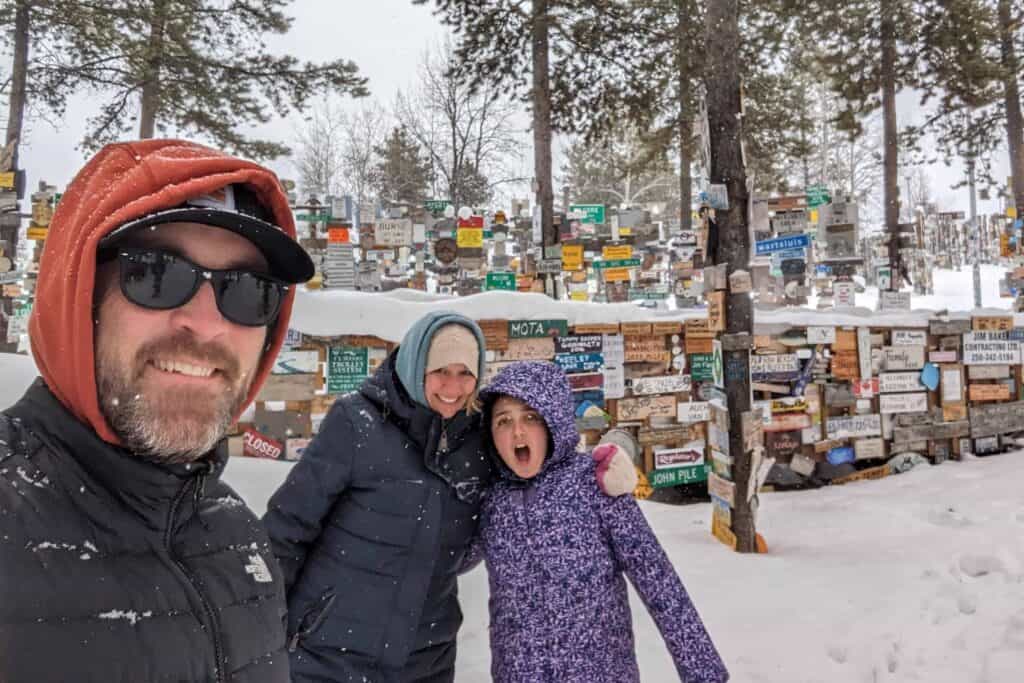Canadian Tourism Human Resource Council indicates a decline in our overall labour force from a growth rate of 1.4 percent in 2005 to 0.4 percent in 2016.
Technology is a tool that helps fill the gap, allowing industry operators to allocate human resources where they are most needed. Think automated checkout or bank machine and you can understand how technology is filling gaps in major industries.
How does technology relate to the tourism industry? It wasn’t long ago that I was too busy to plan my vacation. Today, like most of us, I am busier. Vacationers have less time and energy for trip planning. Today, vacations tend to be shorter and planning hassle-free.
This poverty of time is driving technology and begs the question: What technologies are vacation planners using that service providers might consider integrating into their business models and marketing strategies?
Technology, social media and social networks are bridging the gap in travel and tourism connecting people, places and cultures.
It’s no secret that the Internet is preferred by tourists when shopping for excursion and destination venues and comparing accommodations, aesthetics, services and prices. And e-mail is preferred for national and international inquiries and reservations.
If your market is online, target it. The online tools available to small business owners can put a big face on a small business.
Your website is the face that greets your online visitors. Make it intuitive: one face and one voice presenting a clear message.
Effective Internet marketing happens when your business model and sales goals are translated to an intuitive website. The placement of media should fit each stage of the customer engagement cycle.
The skill set required to operate online can be outsourced and/or, with some interest, can be learned through websites geared to technopeasants, intermediates and professionals.
Many tools are available to help you: search engine marketing, search engine optimization, banner ads, pay-per-click, affiliate, e-mail marketing, webinar, blog, RSS, podcast, Internet TV and Web 2.0 strategies.
You might have to look up some of those terms … Google them.
A tool called web analytics is used to track your website’s visitor activity including time, date, visitor location, pages viewed and a plethora of other information that can be used to improve your marketing strategy and conversion rate.
Traditional marketing can translate to online marketing, especially when it comes to location. Positioning your website with or in a group of other similar sites will increase your exposure. Online partners and associates that link their website to your website, increase your rank, exposure and marketing pull.
Feedback is a powerful tool, to not only adjust your marketing strategy but to have first hand experiences from your satisfied customers that you can pass on to prospective customers.
Your website could collect feedback through an online form and display comments for others to read. Online forms and social networks work well if you take the time to innovate and implement an intelligent strategy and learn the tools and nuances of this media.
The Internet is where you play a role in the vacationer’s decision-making process. Integrating the right strategies, tools and ideas into your website will give vacationers what they need and demand to make decisions quickly and confidently.
In your web research, review the latest web tools and services, such as Adventure Engine, Explorer Quotient Survey and the Canada Specialist Program.



